In this episode I talk to someone I’ve been really interested in speaking to for some time, Peter Melby, CEO of Greystone Technologies an MSP in Denver, Colorado. Greystone has experienced 50 straight quarters of growth.
Peter is one of the most quoted MSP owners and with good reason.
His views on building a self driven or accountable team are some of the most spot on observations I’ve ever heard.
An Interview With Peter Melby
Greystone Technology is an MSP based in Denver, Colorado with about 90 staff. When he was 17, Peter dropped out of his college degree in Business and Computer science and got a job in IT, before launching Greystone Technology. His lack of experience and formal education coming into this business, was both a blessing and a curse, providing challenges but also a different perspective on the industry in comparison to many other MSPs.
The barrier to entry with MSPs is very low, but growing them is really hard. Scaling them is another matter altogether. At Greystone the focus was on looking at the MSP from the perspective of what the market really needs. Every year Greystone reviews what place in the market they are occupying. What would the market be missing if they were no longer around. MSPs should be filling different spaces.
By the time Peter was in his mid 20s he an offer to buy his MSP for a million dollars plus, but that made him realise that what he had was worth something and he wasn’t ready to give that up. So he turned it down and still runs it to this day. Greystone have reinvented some wheels that we probably didn’t need reinventing, but their success is based largely on that perspective of the industry. They are constantly trying to turn things around and move the industry forward.
One of the main reasons Greystone has thrived, is due to Peter’s attitude towards the people within his business.
People are hard: How to Build a Self-Driven Team
One of the quotes I love from Peter is:
“People are hard”
I used to manage people, and it is difficult. But Peter seems to have come across a formula, or a way of managing people and building a team that is just incredible, and brings out the best in people. So what does it take?
For Peter, it took a lot of failing at first. But the thing he continually came back to was the idea that we have to understand human nature in order to really understand how to motivate. So many of our mindsets and processes are based on really simple influence mechanics. Understanding what makes people tick is the lost art of company culture right now. Yes, people are hard, there is no getting around the fact that people are complex, and we all need people in our business, at least until AI robots take over.
What businesses end up trying to do to combat this is to create a culture that has nothing to do with the work at all. When people talk about company culture, they talk about their office layout, they talk about the keg of beer in the fridge, the table soccer table or that they have a ping pong, or a great benefits packages, unlimited vacations, all these things. But all that is doing is hitting the snooze button on the inevitable culture failure. It’s not what is necessary to be a top performing organisation. Buying people beer is only going to work for a little while, until they wake up and say: ‘oh wait, the work sucks’.
They will realise the problem is with the core job, and all those benefits aren’t changing that. So Peter realised that they can’t build a culture that expects their employees to be selfless, or expect their employees to not be entirely self focused. In understanding that and just recognising, and looking at people at face value, the disconnects in the typical corporate structure and typical corporate processes start to unwind.
A really interesting comparison between a good and bad culture is Uber vs. Google. Uber was highlighted for having a dismal employee retention at 1.23 years on average. In comparison, Google has always been held up as the standard of culture. But their average tenure is 1.8 years. This is really fascinating, because it’s not all that different. So really it’s about figuring out why people are quitting and how to stem that tide rather than creating a culture of benefits.
What Companies Want vs. What Employees Want
So how can you build a successful company culture?
Peter had been quoted saying:
“Every company culture succumbs to the law of human nature”
This summarises what Peter was saying, in that people do things for their own reasons. And the challenge is that when we see that and when we start to understand that, we don’t have a very good view of humanity. When we look at the human nature of our employees, oftentimes, we only see the disconnection between what a company wants and what an employee wants. A company sees employees who want money, but don’t want to do any work. They gossip, they don’t follow through, they’re not accountable, and we have all of these things where managers will point back to challenges in human nature, that humans are naturally lazy and self focussed.
But on the flip side, when you look at what employees think about their companies, they think they just want to make a bunch of money, while the employees do all the work.
Both employees and companies view of each other is very similar. When you dig into the core of who people are, we all kind of want the same thing. To be seen and known and accepted. To make more money, to improve our standing and to better ourselves. People want to take risks, but they want to know that they’re safe. That’s what separates the entrepreneur from the employees, the willingness to take that risk and not have a safety net.
So that’s what we need to provide. We need to allow our employees to own who they are, while at the same time providing a safety net and boundaries. When we embrace that we start to realise that we are not disconnected with our employees. But that’s a hard thing to embed in an organisation.
What is Directed Autonomy?
Peter talks about directed autonomy. But, what is that?
Autonomy is misunderstood in so many spaces. Autonomy is more than hiring someone smart and just letting them run with it and expecting them to know what to do. It doesn’t work like that. A process and oversight is necessary. Autonomy doesn’t mean freedom. Autonomy is where freedom meets accountability and purpose. Employees need an understanding of where they are going in order to be autonomous and to work with autonomy. And for most people what unlocks autonomy is boundaries. It gives them ownership over a situation, but it still gives companies the ability to steer the larger ship. It’s amazing how people make great decisions when they don’t have to consider every aspect of something.
United Airlines is a good example of this. Most of us remember that story from a couple of years back when they dragged that passenger off the plane. And you know they lost a lot of value in their stock. People were asking how a company could do that. But actually the issue was they did absolutely everything exactly as their processes stated, with no deviation. The last step in the process for disruptive passengers was to call airport security. And so that’s what United Airlines staff did, and it was an airport security officer who dragged the passenger off the plane. Yet, United Airlines name and value still got dragged through the mud. All because they followed strict processes with no parameters. The employees had no autonomy.
Another example from United Airlines involves a change around in their policy and processes for holding flights for connecting passengers. Employees were now allowed to hold the flight as long as the departing plane was still going to arrive within it’s time frame at the destination. Staff have saved thousands of connections already, all because they were given the autonomy to do so and boundaries within which to operate. The reality is, when you give people the ability to make those decisions, they do something with it and generally they go the right direction.
How to Motivate Staff and Improve Productivity
As a manager, owner or founder, the more you babysit, the more you need to babysit. The worry for MSP owners is that if they leave people to get on with it, they won’t deliver, so they’ve got to babysit. It’s a vicious circle.
As soon as people don’t trust people, they act untrustworthy. Employees end up becoming dependant on companies in a miserable way if they aren’t trusted and aren’t treated with respect.
The hardest lesson for business owners is that they need to trust first rather than waiting for proof that they can trust. They need to recognise that leap is a lot safer than it seems like if it’s set it up in the right ways.
Performance Management: How to Give Autonomy and Show Direction
How do you give people autonomy, yet show them direction in order to manage their performance?
The recruitment process is based on lies. We’re only showing our best side, both as employees and companies. You’re not talking about you challenges and flaws. It’s a sales pitch and it’s never going to be different than that.
One of the things Greystone emphasises when they hire someone is that, some days they will not want to be there. Even if it’s their dream job. In the beginning everything seems phenomenal, but eventually there will be the realisation moments. Maybe the employee will realise that the job isn’t perfect. And Greystone will realise that they didn’t hire a perfect employee, but an actual human being. When this is recognised we can begin to pick apart that traditional performance management processes are completely misguided. Annual performance reviews, things like that, we don’t get to where we want to go with those things. There are so many elements that need to be considered in order to have continuous performance management and continuous employee engagement.
It all comes down to this. Employees want to know where they stand, they want clear feedback and they want to get better. But they also have a really important part to play, as most know where their own challenges lie. It’s about how this feedback is presented. If it’s confrontational and direct, the employees may close up and become defensive which is very natural.
But, if instead we ask employees: ‘Hey, what are you working on to improve?’, ‘What are you trying to get better at?’, you start to get honest answers. It’s amazing how much employees already know what they are failing at and where they are falling short.
Greystone has built a process, a consistent monthly process of engagement between leaders and employees to ask them that question. To find out what they are working on to improve, and then be very direct in return with what they feel the employee needs to improve on. This strikes a balance with criticism so that it’s not demoralising and the employees can make consistent process.
“Steve Jobs is Full of S**t”
Peter once said:
“Steve Jobs is full of S**t”
What did he mean by that?
Peter says there is a quote going around LinkedIn that is attributed to Steve Jobs that says:
“We don’t hire smart people to tell us or to tell them what to do. We hire smart people, so they can tell us what to do.”
Safe to say, Peter doesn’t agree. Steve Jobs never got told what to do. He told everyone what to do, and exactly how things had to be. That might not be the best management methodology. But smart people don’t do what we need them to do just because they are smart. Anyone who’s run an MSP knows this because oftentimes, it’s our smartest people, technically, that need the most direction in other aspects of what they’re doing. Working with clients, the bedside manner, the business knowledge, the business case for things. It’s not about how smart we are, it’s about how impactful we are, how influential, how much value we can bring in a situation and value is not just technical. And so, there is no such thing as just let a smart person go and they’ll automatically go the right direction. They still need to be managed.
What Are Millennials Like As Employees?
If there is one subset of employees that get a bad reputation it’s millennials. They are sort of demonised in the MSP industry. One thing I often hear is that millennials talk about the fact that they want to do meaningful work. But what I hear from MSP owners, is that they can’t get the basics right. And this is a real bone of contention for the generation above.
Peter suggests that the criticisms of the emerging workforce and upcoming generations around lack of loyalty, lack of care about those basics and lack of work ethic are all unfortunate stereotypes. It’s understandable why they have perpetuated the way that they have and we love to compartmentalise things because it makes it easier for us to think about them.
Millennials are the most external self confident workforce ever, but the most inwardly self conscious work force ever. The reality is, millennials have work ethic if you connect to them as real people and are very clean upfront about what is expected. If an employee shows up and is presented the basics, the non negotiables, and they know from day one, or better yet, through the hiring process, it gives the company a tremendous advantage because we’ve interrupted any notion that this is an option. So while we do give autonomy, there is also a basic set of non negotiable rules and boundaries. Once we have that decided, then we can build on top of all this other meaningful, exciting work.
As different as we are, these are the core things that we’ve recognised, are foundational to what we’re doing.
How to Set Expectations With Existing Employees
That is one of the hardest things. It’s very hard to change someone’s habits. If you don’t change their environment in some way, if everything stays the same but you expect their behaviour to change it probably won’t work. You’ve got to get creative. Rearrange the office or move office. Reset the environment. You can’t do this every time you need to make a change, but we shouldn’t underestimate the benefit that it can have.
How Can We Help Our Employees Learn?
Peter told a story of when he was in Vegas, a couple of years ago. He went there with the best intentions of being healthy and so went for a run a couple of miles up the strip. While he was out he saw two large cars sitting in traffic lights.. A large SUV was sitting in front of a small SUV. The lights changed to green, but the large SUV did not move. So the driver in the small car honked his horn pretty persistently, but the large SUV still wasn’t moving. So, the driver in back rolled down his window yells at the driver ahead of him and is very agitated. Next thing, the driver of the small SUV rolls down his sunroof and launches an iced coffee at the car in front of him. It goes all over the car and hits a man in a wheelchair, who was stuck on the kerb in front of the large SUV, hence the hold up. Most of the time it takes years to see someones perspective change on something. But Peter saw the moment this man in the small car realised what was happening, how he had misunderstood the situation and obviously the utter shame that followed.
So how does this relate to employees and how they think of themselves and learn?
Nothing could ever have been said to the man in the small SUV that would have made him learn his lesson better. No one needed to ask him if he had learnt the lesson. And in fact if anyone had, he would probably have closed up and gotten angry. But his perspective will be changed forever. It’s an extreme example. But employees are like that in so many ways. We can guide them and coach them, but we don’t have to be the director in every lesson that they learned.
The State of the Current MSP Market
So many of the challenges that MSPs face comes back to people, and the focus on people at Greystone is because this is a people business 100%. People use technology, we are enabling people, we are enabling so many aspects of how people operate and I think that one of the shifts that we’ve seen recently is that technology used to be simple but hard to manage.
Everyone had a Microsoft server or multiple Microsoft servers, everybody had Windows desktops, everything was on premise, you needed an IT department to run it. But it wasn’t hard to make any decisions, because everybody had the same general systems.
Now, the technology is easy. You don’t need an IT department to go sign up for Office 365, to sign up for Salesforce, to choose a system but it’s very complicated because how all these platforms work together. The shadow IT that exists in organisations is such a security threat and just an overall business efficiency threat. The MSP market is still trying to manage this, like technicians would manage it, instead of recognising our bigger play in this is how we help organisations operate in a new technical ecosystem. We’re working on the edges of that a little bit just to try to define some things differently but the IT department in the future is far less specifically deeply technical, and far more organisational embedded and organisationally connected.
We use the word context a lot. Good idea people solve problems, but great IT people know what problem they’re solving. That is the difference between where we have been and where we need to go. It’s understanding that deeper context and being able to do something with it
Want to get in touch with Peter? You’ll find all of his contact details in the show notes.
Mentioned In This Episode
Quotes
“People are hard”
“Every company culture succumbs to the law of human nature”
“The more you babysit, the more you need to babysit”
“Steves Job is full of s**t”
“Good idea people solve problems, but great IT people know what problem they are solving”
Contact Peter
Connect with Me
- Subscribe to TubbTalk RSS feed
- Subscribe, rate and review TubbTalk in iTunes
- Subscribe, rate and review TubbTalk on Stitcher Radio
- Subscribe and rate TubbTalk on Spotify
- Follow TubbTalk on iHeartRadio
- Follow @tubblog on Twitter



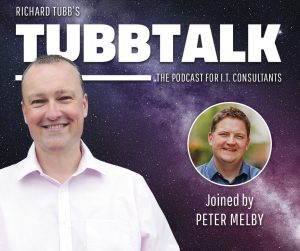
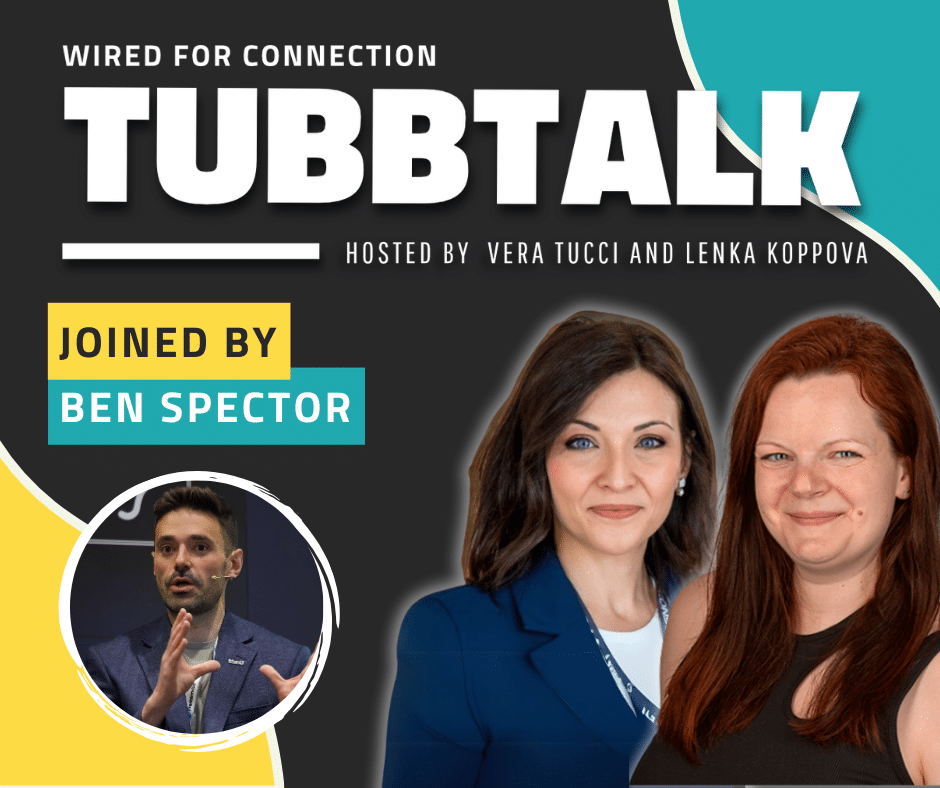




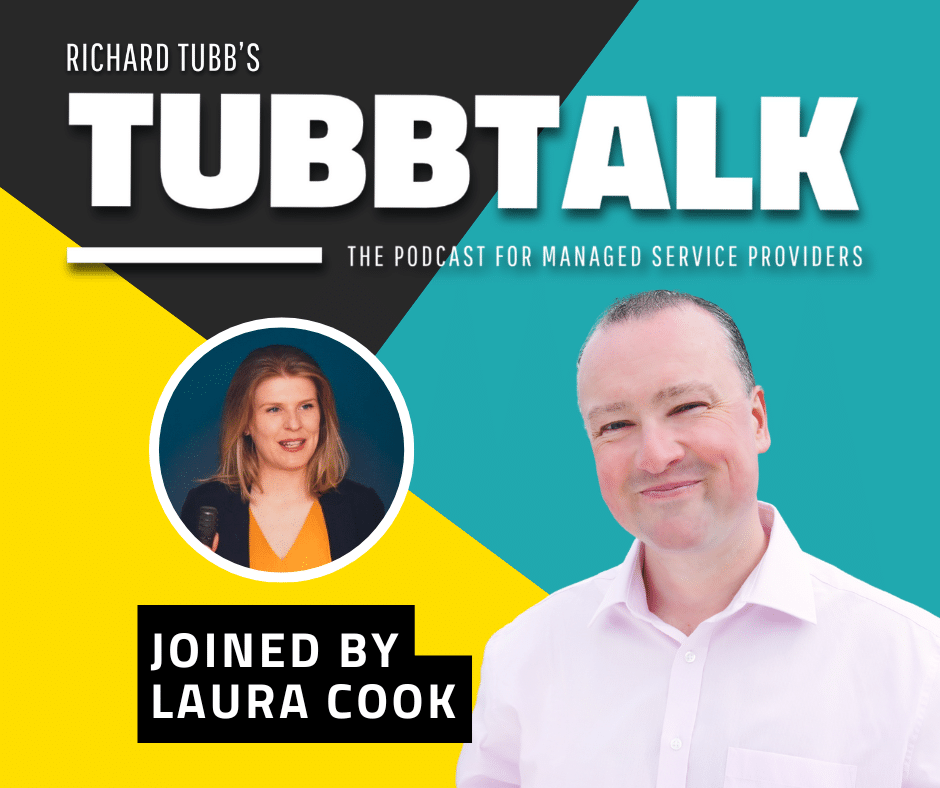

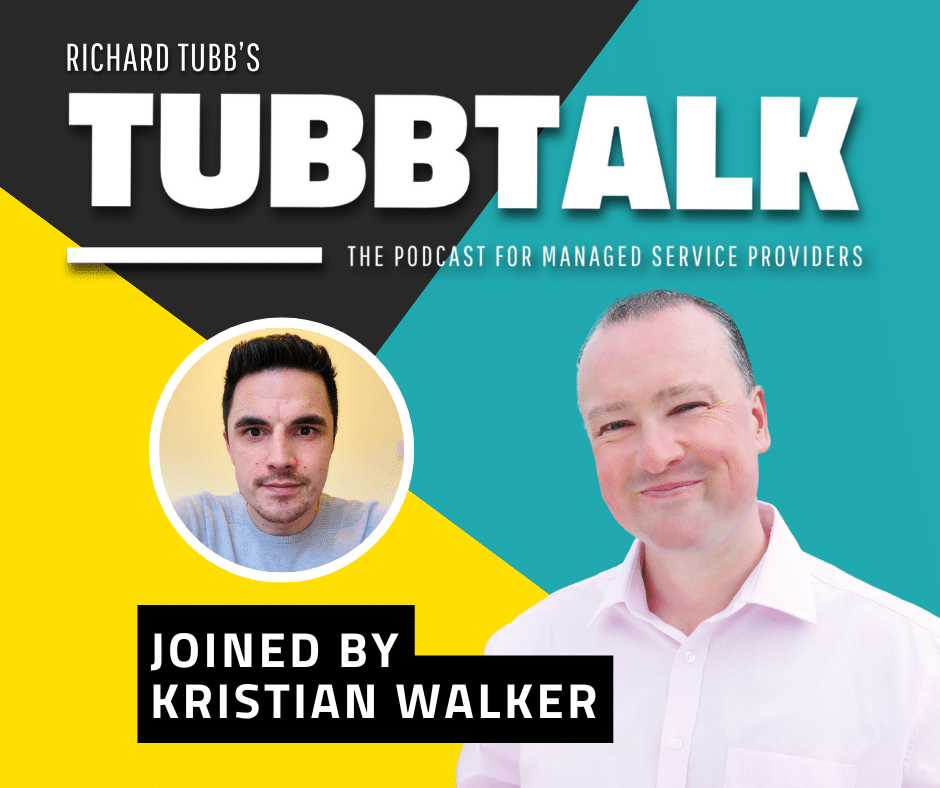
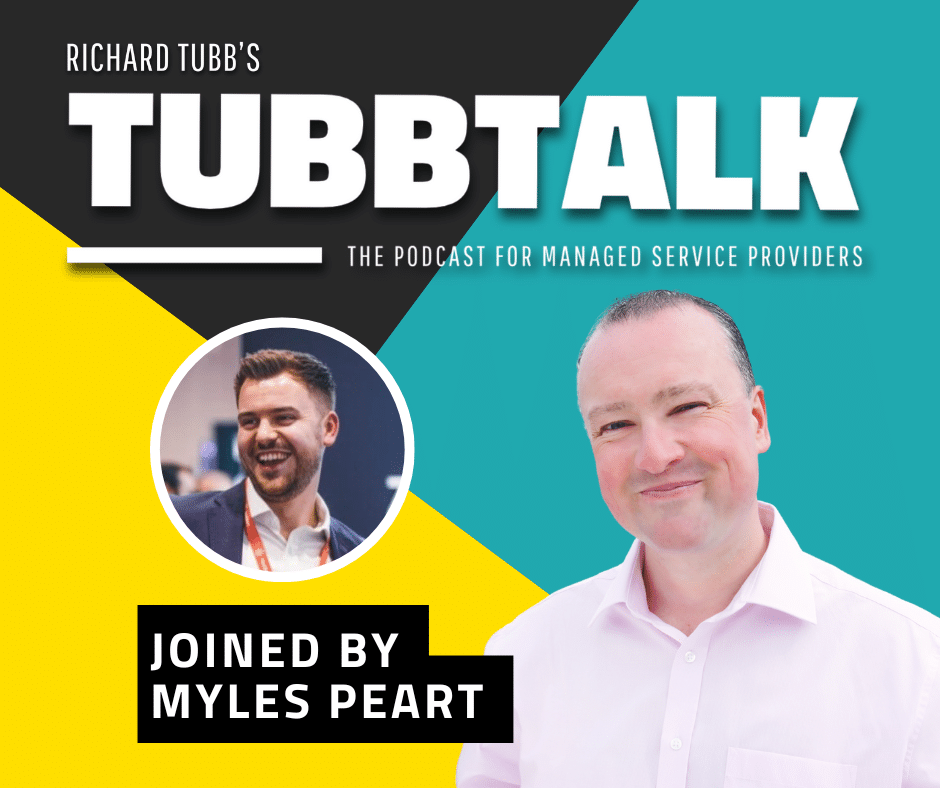


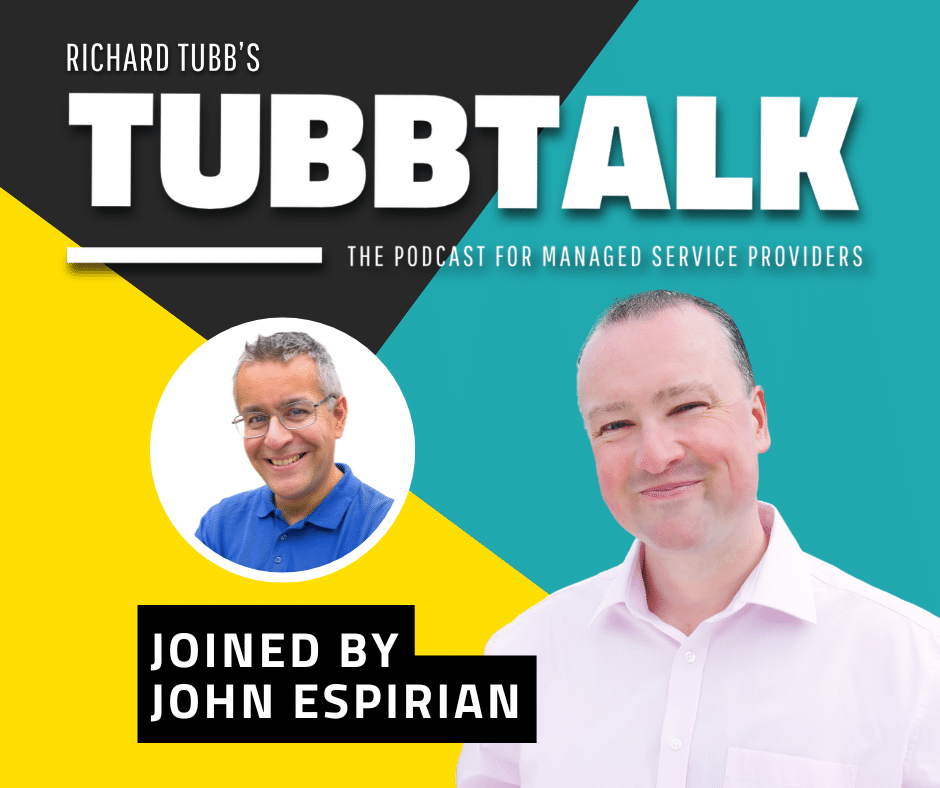

Comments